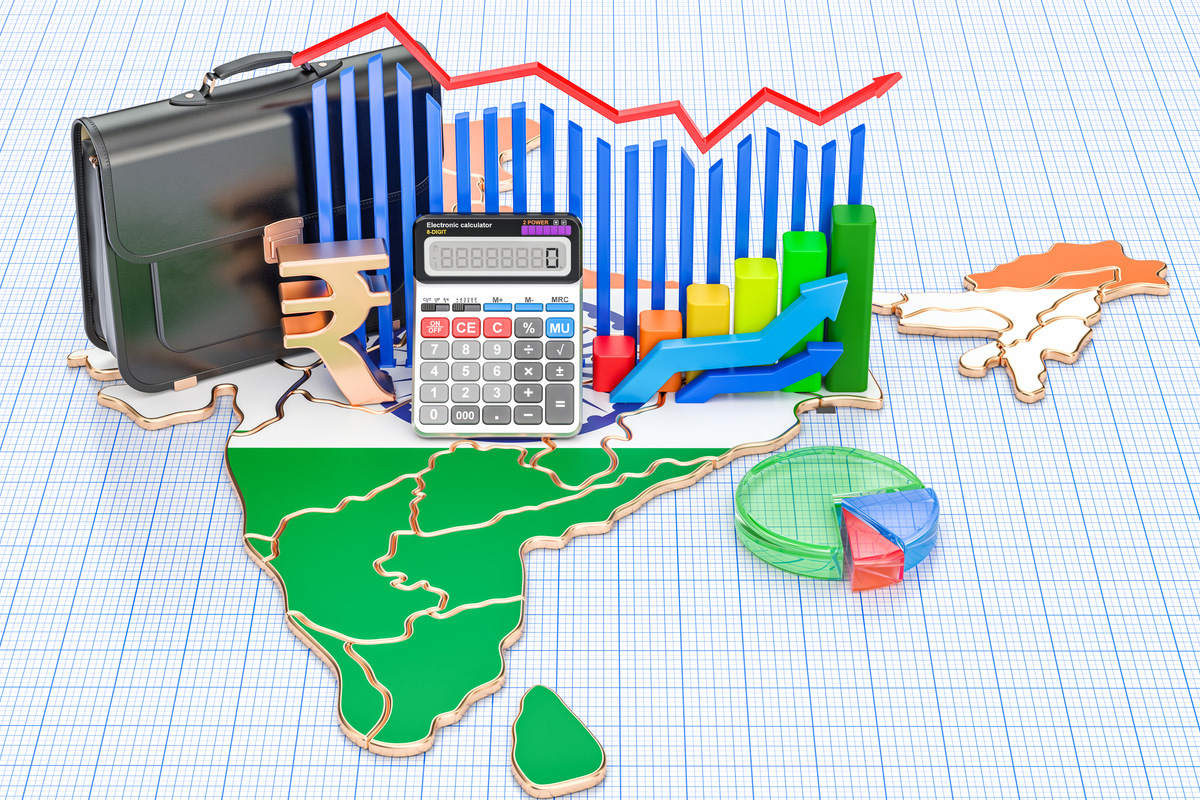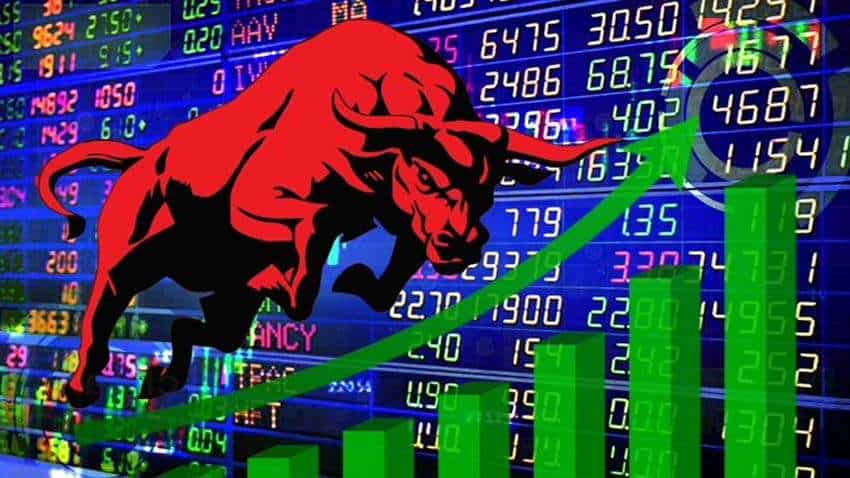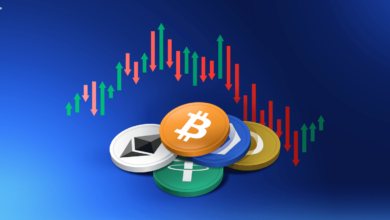
A $5 trillion economy may sound like foolish ideas to some and optimistic to others, but for India, it’s an unrealized dream, well yet. It is no news that numerous economists have rubbished the $5 trillion gross domestic product by 2025 idea of the Narendra Modi government. Well given the latest trends of economic activities and the pandemic, such an idea can be likely termed as rubbish.
India not only in its current scenario but in its pre-pandemic period too was contracting. Now, given it was struck by the odious pandemic right in the middle of its contraction phase, such woes were only exacerbated. But even if we consider only the positive attributes at the moment, is such an ambitious goal achievable and what would it mean for Nifty 50?
Given, India’s potential as a developing economy, with an inexplicable amount of labor class and manufacturing capacity, a $5 trillion economy for India is absolutely achievable. Such a goal can be realized with a beautiful blend of labor, technology, and capital. Given that India has a vast untapped pool of labor that is waiting to be employed, such a requirement for growth in economy can be fulfilled amicably as India is bountifully blessed with a large labor pool.

Talking about the capital, there is no denying the fact that India could serve as an attractive investment destination in economy for many global investors. This is due to the fact that India has the potential to pull in the capital in the coming years because, given the current scenario of a pandemic, interest rates are continuously falling in various developed countries, which makes India a preferred destination for investment.
On the other hand, in recent years, India has made its business environment more amicable and welcoming. With series of laws making ease of conducting business in India a reality, India sure can serve as a hub for economic investments and growth. Moreover, it is no news that in recent years, India has strongly focused on its technology acquisition strategy and has embraced the technological advancement for its betterment.
This is due to the fact that in recent years more and more businesses have realized the benefit of cost-cutting through the usage of technology and fruitfully using the technological innovation and integration.
The odious time frame in economy: is it logical?
Given all the positive attributes in favor of the deal, the only canker is the 2025-time frame. Even if a more conservative stance is taken for calculation’s sake and it is presumed that the $5 trillion GDP goal will be achieved in the next10 years, it gives rise to an inquisitive, pertinent question: Where would Nifty 50 stand in 2030?

Now it is no news that stock exchanges are ruled by emotions. Such a claim can be corroborated by the fact that the stock market behaved irrationally by soaring to record highs, even when India was witnessing its worst health crisis in decades during the odious second wave. The market is usually bullish or bearish given the producers’ and consumers’ confidence.
Thus, prominent decisions are laced with a heavy bias on the market’s excitement and sentiment. Thus, it can be rightly stated that investors often fail to evaluate the long-term impact on equities and investments.
According to the given data, India’s GDP currently is about $2.78 trillion and its current INR-USD exchange rate stands at the rate of Rs. 74.5. Thus applying the current exchange rate of ₹74.5 in the calculation, the converted GDP value is calculated at ₹207.11 trillion.
According to reports the irrationality that had overrun the investor’s better judgment, had made the market capitalization-to-GDP ratio, in 2021, to touch an all-time high. It is to be noted that the capitalization-to-GDP ratio was up by 116%. Thus, given all the prerequisite requirements, it can be noted that the total m-cap stands at ₹240.72 trillion, calculated as 116% of ₹207 trillion GDP.
Now, to complete the calculation to evaluate 2030 figures one will have to forecast the 2030 INR/USD rate. This can be done by deciphering and analyzing past trends of INR-USD. Historically, it has been seen that the rupee has always almost lost about 3% against the dollar per year. But given that we are taking a conservative, optimistic approach, a rough estimate of a limited depreciation of 1.5-2% can be made to facilitate evaluation.
Now given that the depreciation of Indian rupees in comparison to US dollars stands at 1.5-2%, it can be noted that rupee’s fall stands at ₹87 against the dollar. This gives us ₹435 trillion GDP by the financial year 2030.
Now an inquisitive question might again be, what about the m-cap-to-GDP ratio for 2030? Now as aforementioned, the market currently is in a bullish phase above 100 percent. It is usually repeated in history that every technical or stock cycle always corrects itself in the future. Thus, it is quite likely that this ratio will be pulled down to hover below the 100-mark.
Now analyzing previous trends, it can be noted that India’s m-cap-to-GDP ratio has always fluctuated between 80-85%, but given the conservative approach, we might take 95 percent for convince sake. Thus, India’s projected total m-cap (Nifty) for the financial year 2030 stands at which is ₹413.25 trillion.
Now, if Nifty 50 has to grow from its current levels of about 16,000 to 30,000 over the next 10 fruitful years, the index is required to give an effective 7-8% annual return.

Now, given the irrationality that overrides the market, this is an easy target to achieve. Thus, Nifty 50 can easily achieve 30,000 marks by the financial year 2030. Interestingly, for that to happen we will have to positively and overoptimistically expect not conventional 7-8% annual growth but 10% annual growth. Given such a trend, Nifty 50 can easily touch the 30,000 levels even as early as 2028 or even 2027. But is such an assumption quite right to make and will India be actually able to realize this dream is a big question, yet to be answered?




